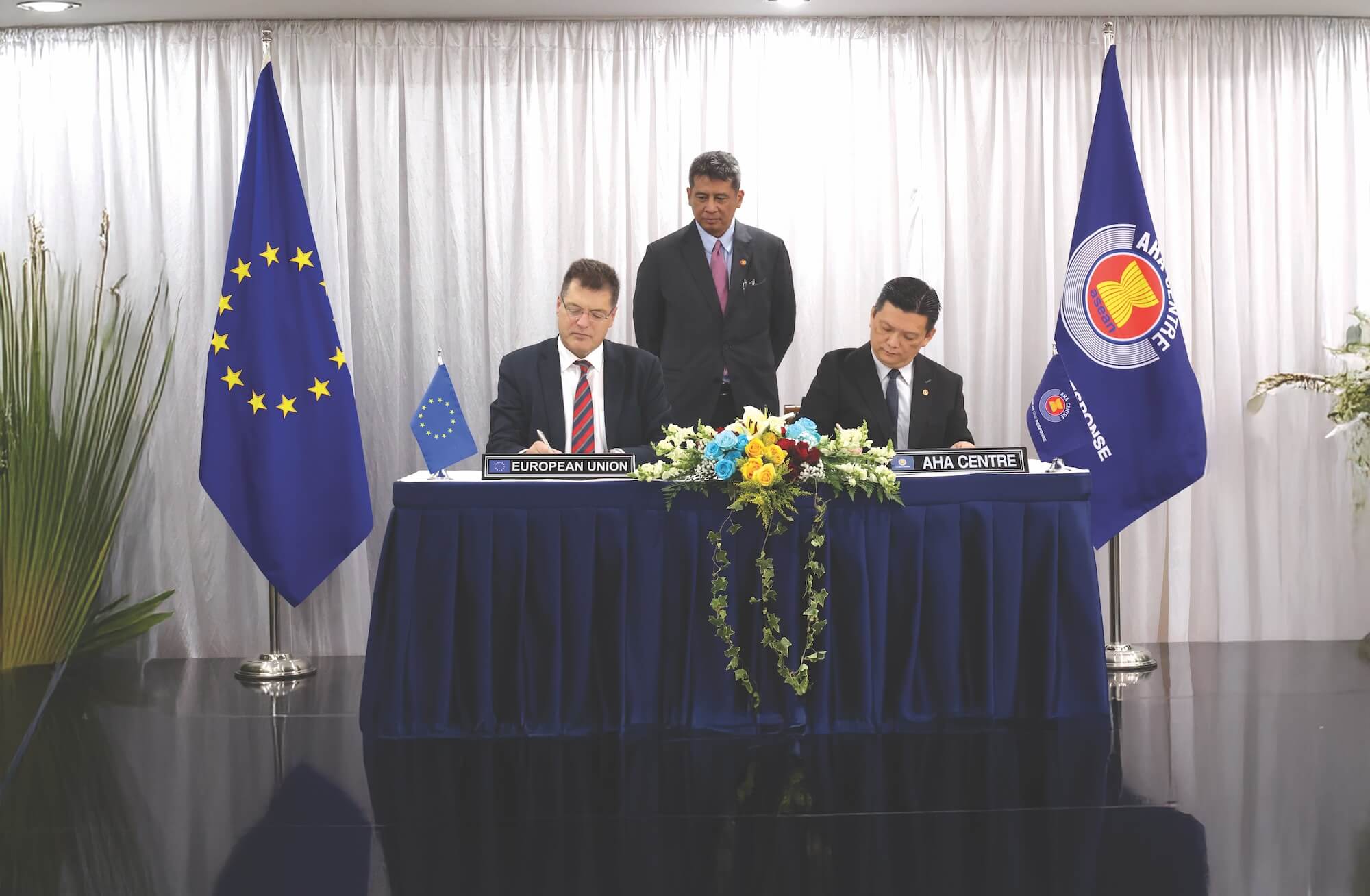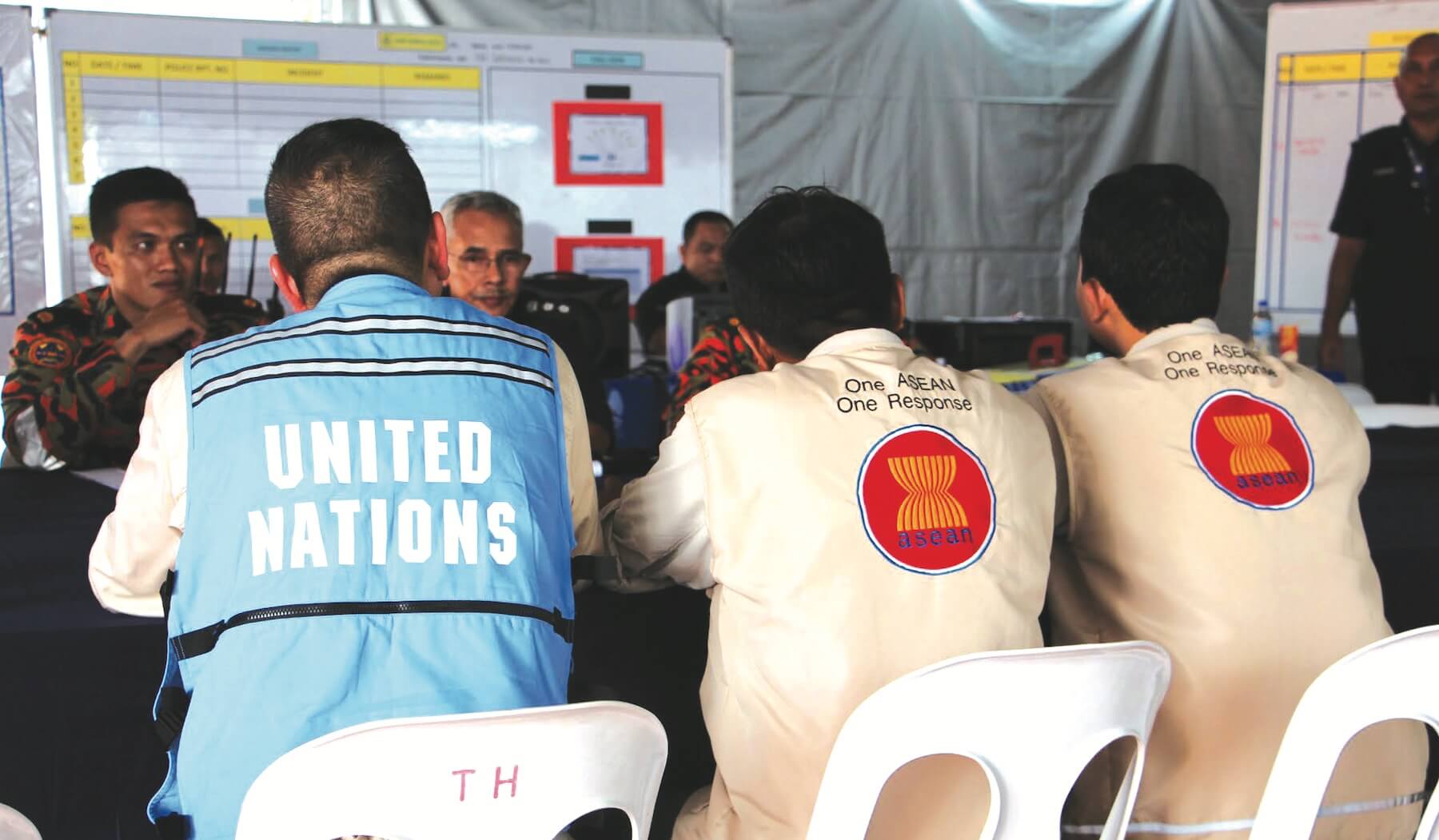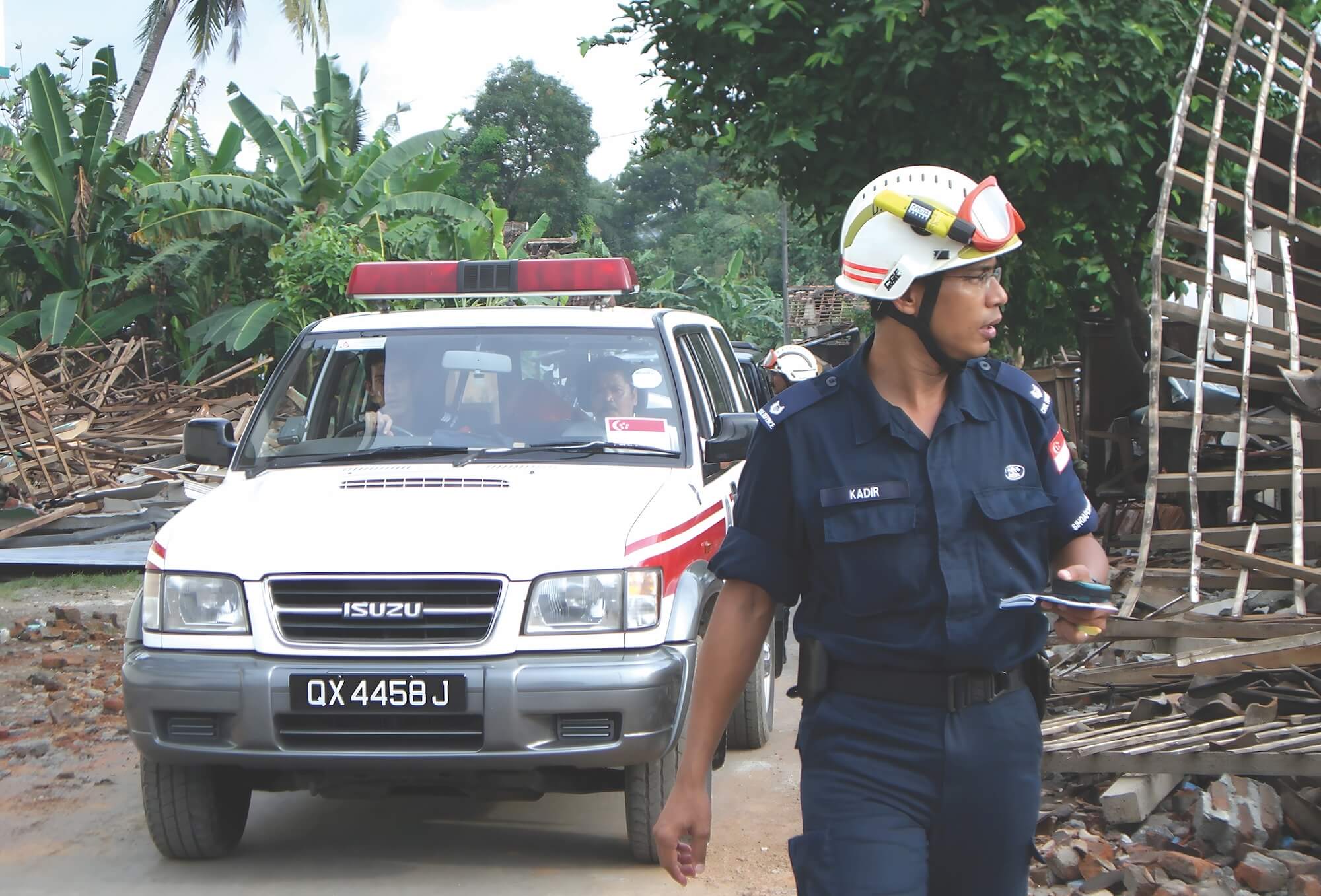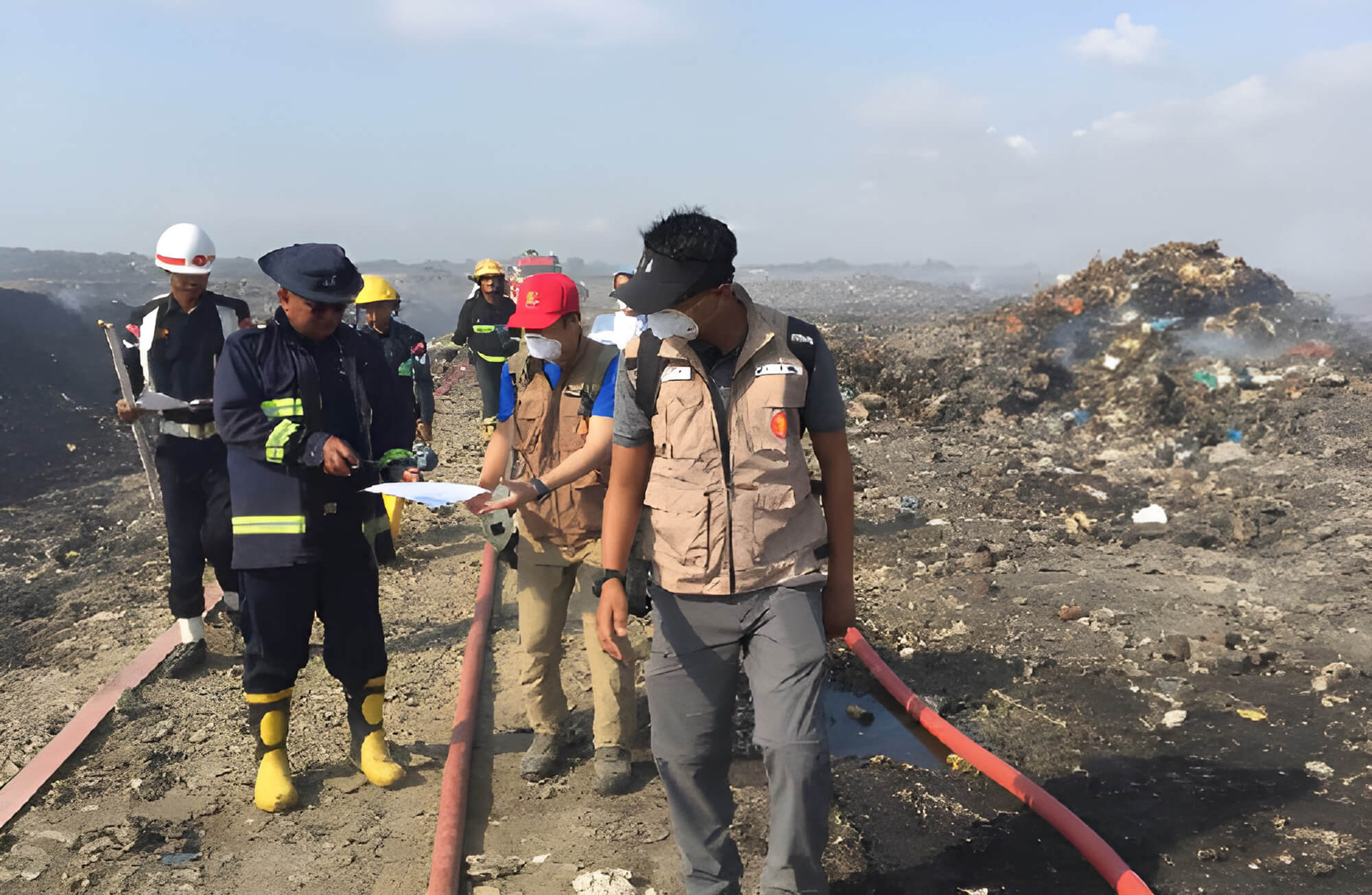



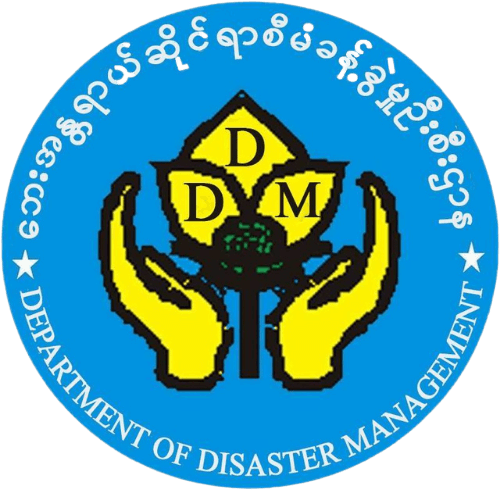
The words “disaster” and “climate change” have become well-known because of the intensive and extensive disasters that are happening everywhere. The Republic of the Union of Myanmar is the second largest country in Southeast Asia and it shares borders with several countries such as India, Bangladesh, China, the Lao PDR, and Thailand. Myanmar has a diverse and complex geographical landscape that plays a significant role in its susceptibility to a range of natural disasters. Its location, topography, and geological features contribute to its exposure to natural disasters such as cyclones, floods, and landslides. Additionally, earthquakes occur along the Sagaing Fault Zone, a substantial transform fault zone in the central region. These factors lead to the occurrence of devastating natural disasters throughout the region.
Myanmar has experienced several major disasters. One of them, Cyclone Nargis, was a historical event in Myanmar that happened in May 2008. The destructive Cyclone Nargis claimed approximately 139,000 lives, damaged physical and infrastructure valued at 4.1 billion US dollars, threatened the livelihoods of 2.4 million people, and caused physical and mental health hazards.
In the aftermath of Cyclone Nargis, the government of Myanmar, ASEAN and UN formed the Tripartite Core Group (TCG) and carried out the village tract assessment and damage and loss assessment with remarkable speed and competence, which facilitated relief assistance and long-term recovery. Although Nargis was the most destructive disaster in the history of Myanmar, it demonstrated the significance of disaster management, leading to improvements in the early warning system and underscoring the importance of cooperation in disaster management at the national level. The public also became more cooperative: more people accepted the significance of early warning, the dos and don’ts of disasters, and children’s involvement in disaster risk reduction. To highlight these milestones, the Post Nargis Joint Assessment (PNJA) was undertaken in Nargis-battered areas in Ayeyarwaddy under the TCG agreement. The assessment team completed their work in less than five weeks.
This post-disaster initiative became part of the journey of the ASEAN-Emergency Response and Assessment Team (ASEAN-ERAT). In 2009, the ASEAN Agreement on Disaster Management and Emergency Response (AADMER) came into force, largely influenced by the devastating Cyclone Nargis. To ensure the AADMER’s effectiveness, ASEAN has implemented many flagship activities, including the ASEAN-ERAT programme. ASEAN-ERAT, first formed by the ASEAN Committee on Disaster Management (ACDM), is mobilised by the ASEAN Coordinating Centre for Humanitarian Assistance on disaster management (AHA Centre) under the direction of ACDM and Member States. ASEAN-ERAT ensures a coordinated response and deployment under the supervision of the national disaster management organisation of the affected country when a disaster occurs within the region.

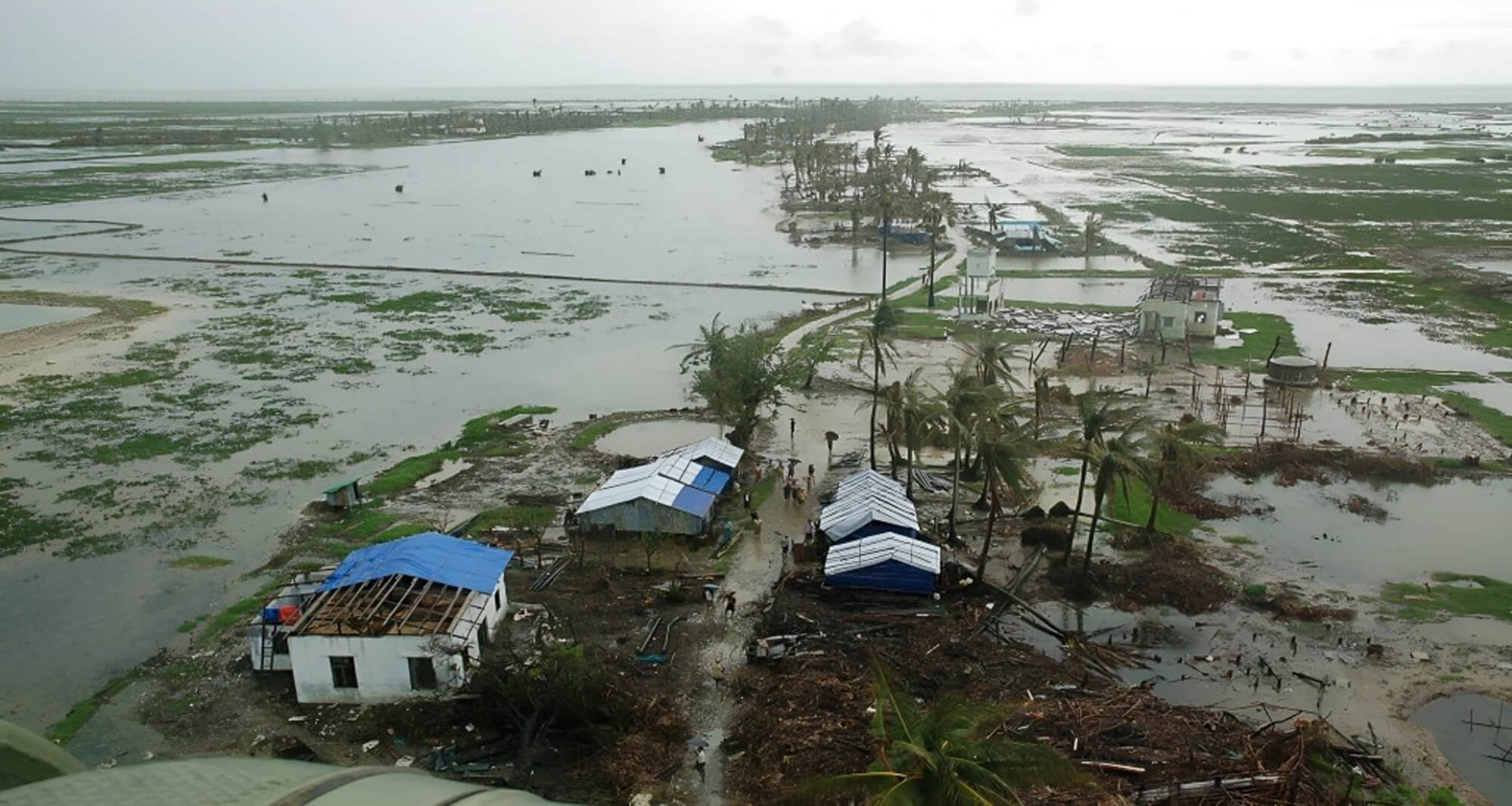
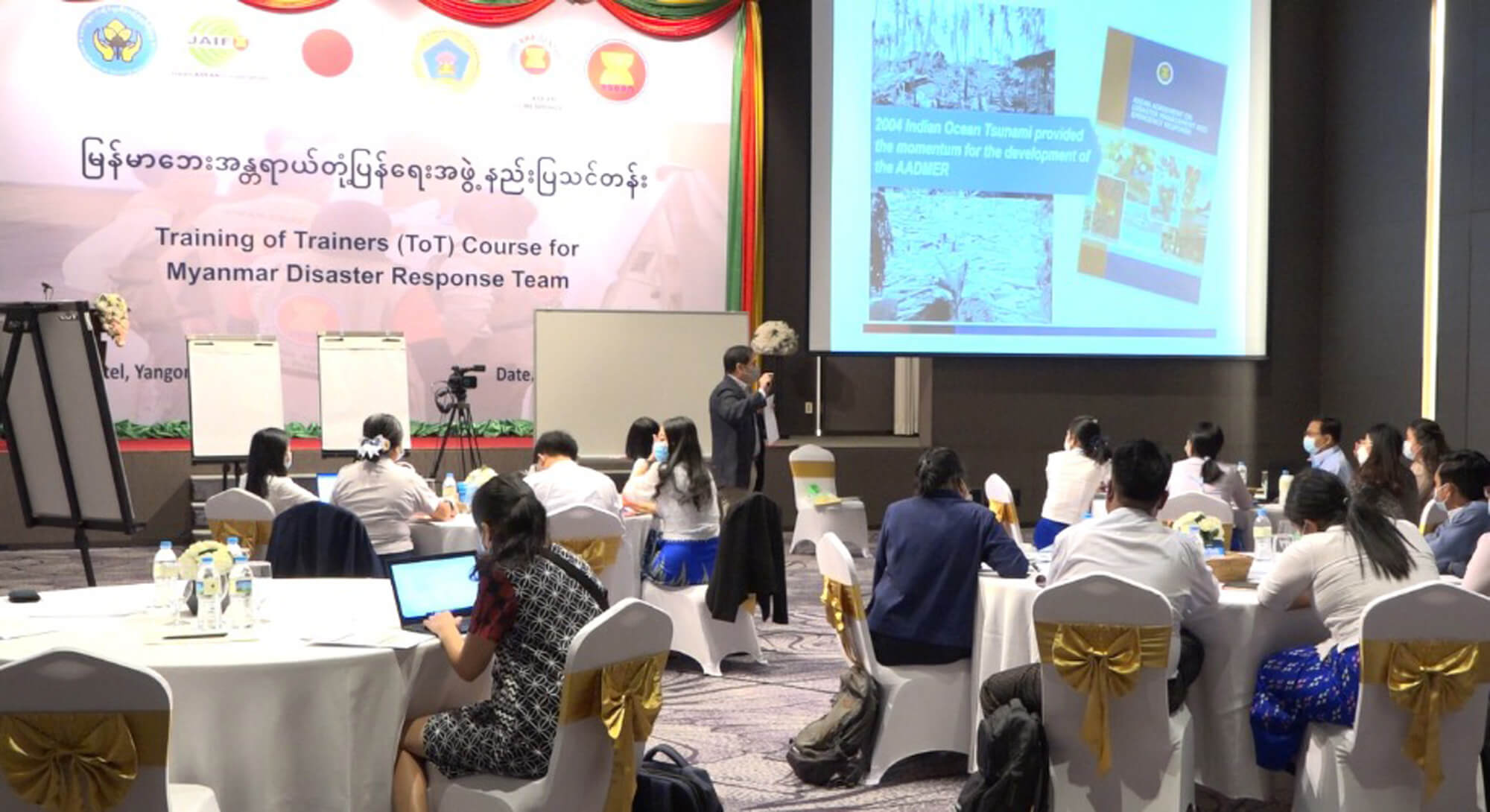
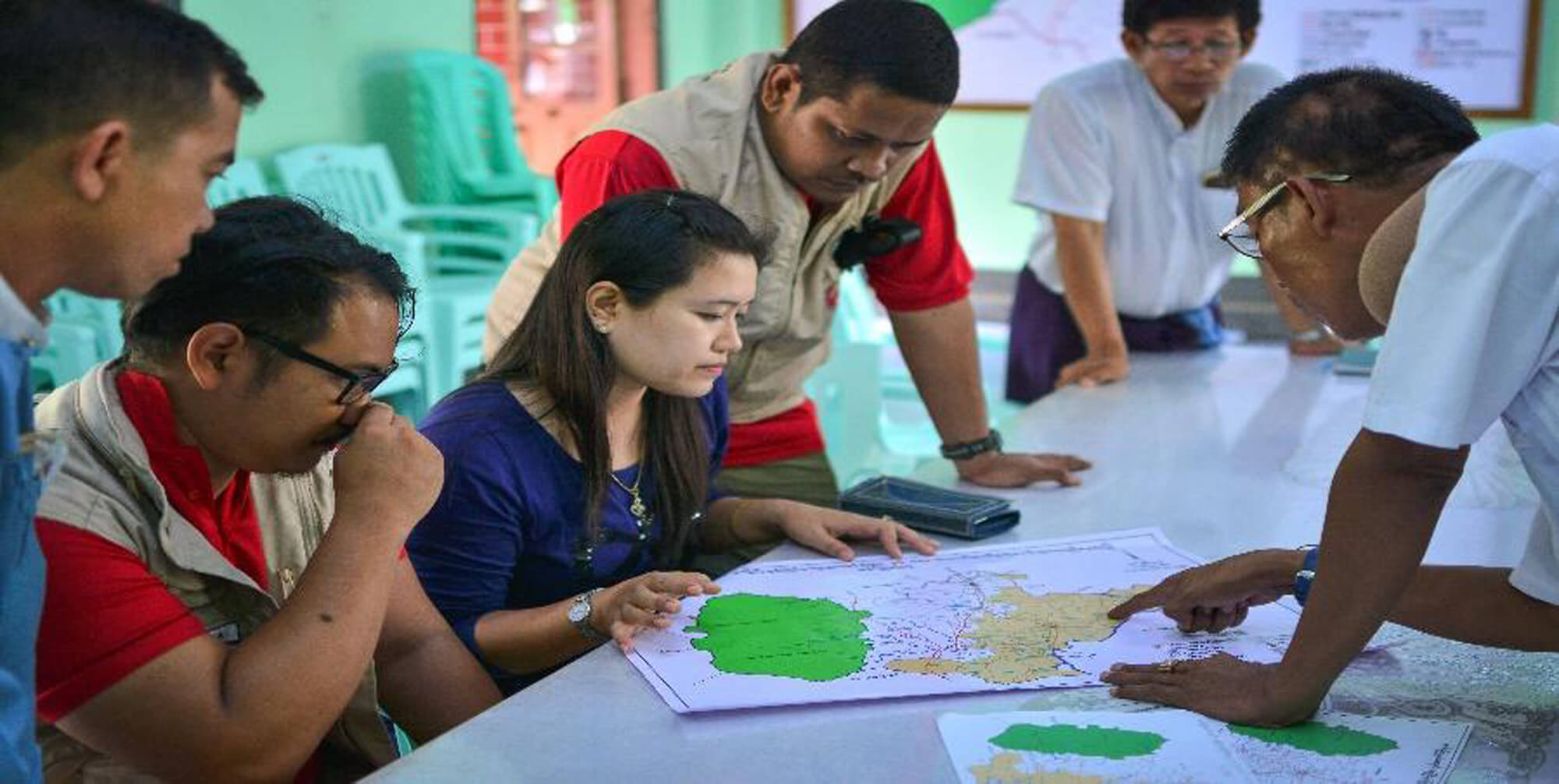
Enhancement of the national disaster management mechanism
In the aftermath of Cyclone Nargis, the government of Myanmar continuously promoted disaster management strategies and disaster risk reduction programmes. Additionally, the Disaster Management Law (2013) and its Rules (2015) were enacted to govern disaster management activities. According to the Disaster Management Law, the National (NDMC) and its working committee were reformed and sub-national level disaster management bodies were systematically formed at the respective states and regions, extending down to the township level. The Ministry of Social Welfare, Relief and Resettlement (MSWRR) serves as the secretariat office of NDMC and is the focal point for the whole disaster management system in Myanmar. National level disaster management interventions, meanwhile, are aligned with and implement the frameworks and commitments adopted at the regional and global levels. To build the capacity and skills of disaster managers and raise awareness of the disaster management landscape, the Disaster Management Training Center was set up in December 2015.
As previously mentioned, Myanmar faces damages and losses from all types of hazards almost every year. Whenever it encounters such challenges, ASEAN-ERAT provides dedicated support. Some notable actions of ASEAN-ERAT include responding to the Thabeikkyin earthquake (2012), nation-wide flooding (2015), landfill fire in Yangon (2018), preliminary needs assessment (2019), and Cyclone Mocha (2023).
The Department of Disaster Management (DDM) under the Ministry of Social Welfare, Relief and Resettlement, actively supports ASEAN-ERAT members by attending the ASEAN-ERAT induction courses. Inspired by the practices of ASEAN-ERAT in the region and recognising ASEAN-ERAT’s guidelines including its tools and methodologies, DDM has established an in-country team in Myanmar. DDM has developed a customised training curriculum based on the ASEAN-ERAT methodology, along with training materials in local language, in collaboration with ASEAN Secretariat and AHA Centre and funded by Japan-ASEAN Integration Fund (JAIF). Using this curriculum, DDM delivers training to the Myanmar Disaster Response Team (MDRT) and helps capacitate the MDRT members. To date, six batches of MDRT have opened, comprising a total of 188 members. That is a substantive achievement for DDM and the initiatives in the region.
In summary, disasters do not respect boundaries and are not bound by social and economic considerations. No one is exempt from the potential impact of disasters. Thus, we emphasise that disaster management is everyone’s business, requiring our collective efforts to improve our situation. It is undeniable that preparedness and readiness are the most important tools for effective emergency response to disasters.
Authored by the Ministry of Social Welfare, Relief and Resettlement, Myanmar




